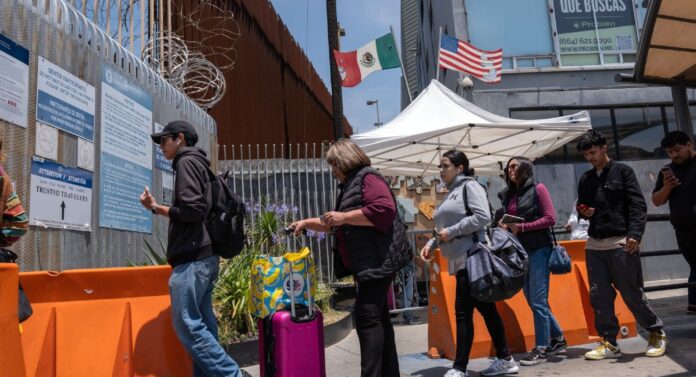South Korean undocumented residents in the U.S. face a unique set of challenges distinct from those of economic migrants
Amid potential shifts in U.S. immigration policy, undocumented Asian immigrants, particularly from the Philippines, India, and China, face heightened uncertainty regarding their status.
The Philippine Department of Migrant Workers (DMW) has pledged support for approximately 370,000 undocumented Filipinos residing in the United States who may face deportation. To assist returning Filipinos, the DMW plans to offer financial aid, job placements, and opportunities for work in alternative countries such as Croatia, Slovenia, Germany, Hungary, and Japan.
According to Rappler, the Philippine government estimates a budget of 18.5 billion pesos (approximately $5 million USD) would be required to assist all potential returnees adequately. However, Filipinos are not alone in this situation. Approximately 1.7 million of the 11 million undocumented migrants in the United States are from Asia, with India and China contributing to over half of this figure. South Korea, Vietnam, Pakistan, Nepal, Thailand, Afghanistan, and Bangladesh follow as the next largest Asian immigrant groups.
-
Of the estimated 110,000 undocumented South Koreans, many were adopted as children by American families between the 1950s and 1980s, at a time when formal documentation and adoption standards were inconsistent
-
Although a 2000 law granted automatic naturalization to adoptees under 18, it excluded many of these now-adult South Korean-born individuals, leaving their citizenship unresolved
In recent years, deportations of Indians have risen significantly. In 2023-2024, 1,100 Indian nationals were deported from an estimated 725,000 unauthorized Indian immigrants recorded in 2022. Requests for asylum by Indian nationals, especially from Gujarat, spiked by 855% between 2021 and 2023, rising from 4,330 to 41,330 applications. Indians became the fifth-largest group of defensive asylum seekers in the United States, trailing only Venezuela, Cuba, Colombia, and Nicaragua, and were similarly positioned among those granted asylum, following Afghanistan, China, Venezuela, and El Salvador.
Chinese migration patterns to the United States have also intensified due to recent economic challenges in China. Data from 2022 revealed that roughly 375,000 undocumented Chinese individuals were residing in the United States. Between 2011 and 2022, irregular migration from China rose by over 15%, spurred by a route from China to Ecuador and then overland to the United States. In 2023 alone, 45,000 Chinese migrants reportedly arrived in Latin America, many aiming to enter the United States.
***********************************************************************
Readers




